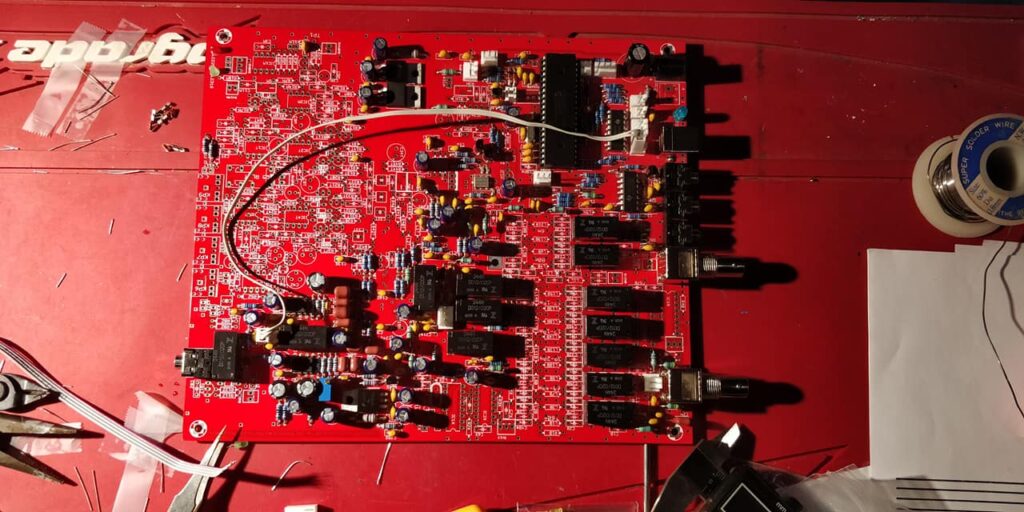
Built by Ali A. Reihani
Amateur radio communication, also known as ham radio, has been a hobby enjoyed by millions of people around the world for over a century. It has played a vital role in emergency communication and provided a way for people to communicate with each other across vast distances. However, as technology has advanced, so has the equipment used in amateur radio communication. One of the most significant advancements in recent years has been the introduction of HF SDR (Software-Defined Radio) transceivers.
HF SDR transceivers are radios that use digital signal processing (DSP) technology to provide a more flexible and efficient means of communication. They allow users to manipulate the frequency and waveform of the radio signal in real time, providing greater control over the transmitted signal. This technology also provides improved sensitivity and selectivity, allowing users to pick up weaker signals and filter out unwanted noise.
One of the most significant advantages of HF SDR transceivers is their ability to operate on multiple frequencies simultaneously. Traditional radios can only operate on one frequency at a time, requiring users to switch between frequencies manually. HF SDR transceivers, on the other hand, can scan multiple frequencies at once, providing users with a much more efficient means of communication.
Another advantage of HF SDR transceivers is their ability to operate in a wider range of bandwidths. Traditional radios are limited by the bandwidth of the analogue components, but with HF SDR technology, the bandwidth is only limited by the digital processing power of the device. This allows for more efficient use of the radio spectrum and provides users with greater flexibility in their communication options.
HF SDR transceivers also offer improved signal processing capabilities, including digital noise reduction, signal averaging, and adaptive filtering. These features allow for greater accuracy in signal processing, resulting in clearer, more reliable communication.
In addition to their technical advantages, HF SDR transceivers are also more user-friendly than traditional radios. They can be controlled through software interfaces, making it easier for users to customize their settings and adjust their communication options.
Overall, HF SDR transceivers represent the future of amateur radio communication. With their advanced features and greater flexibility, they provide a more efficient and effective means of communication than traditional radios. As technology continues to improve, we can expect to see even more advancements in the field of amateur radio communication in the years to come.









